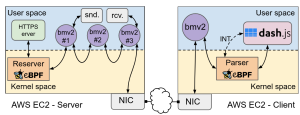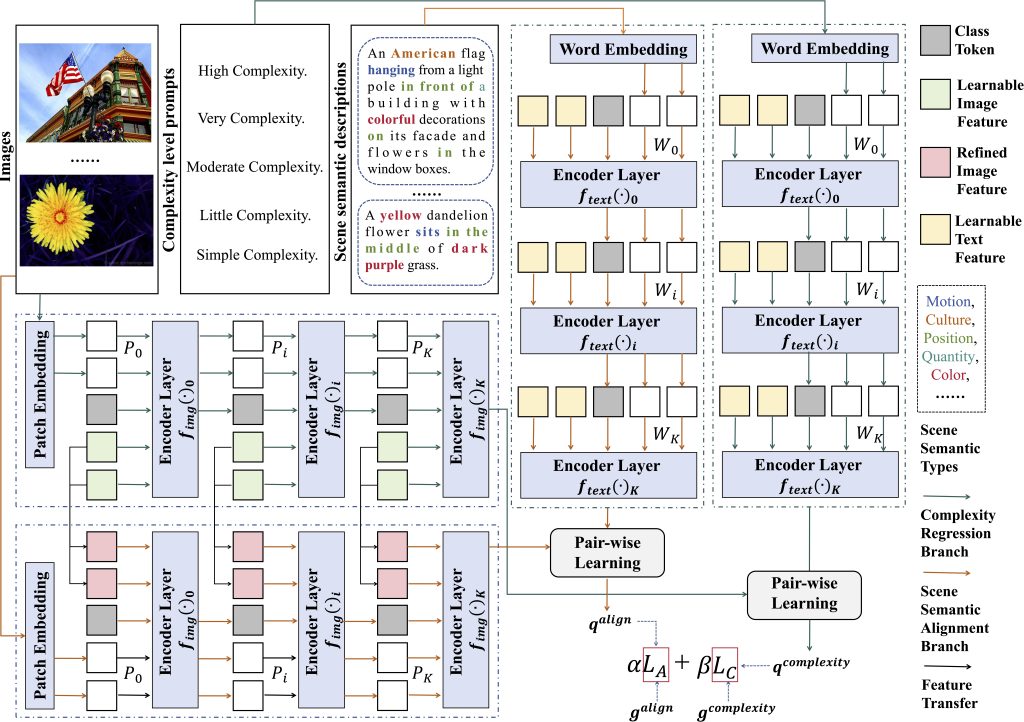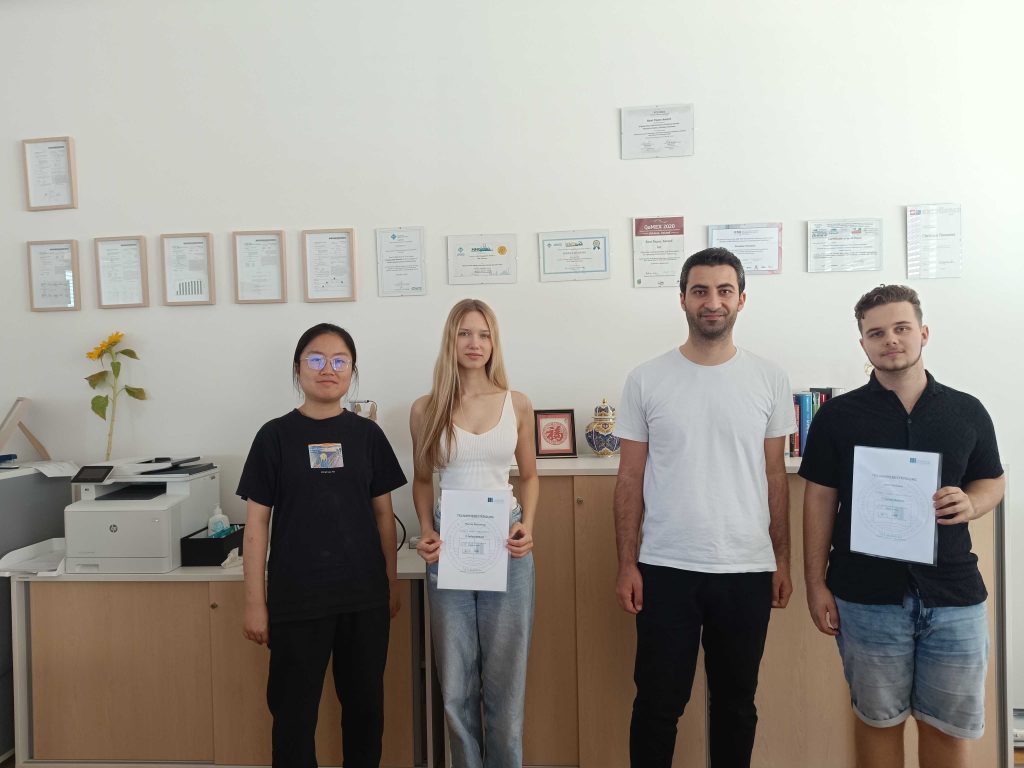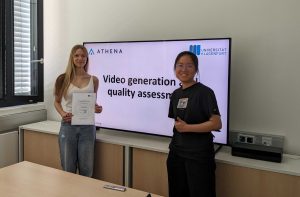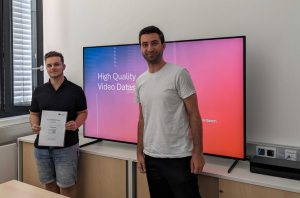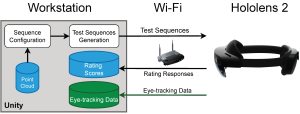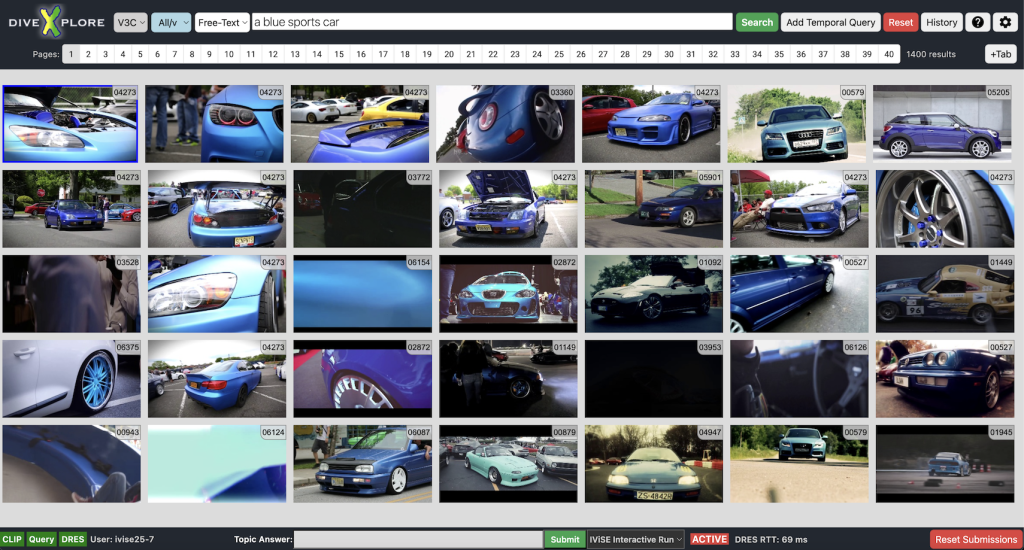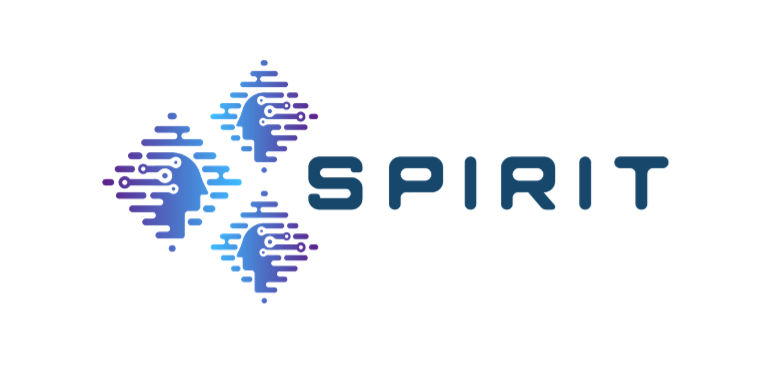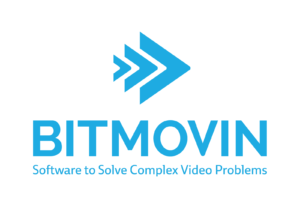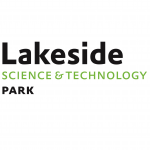Nature-1k: The Raw Beauty of Nature in 4K at 60FPS
ACM Multimedia 2025
October 27 – October 31, 2025
Dublin, Ireland
[PDF]
Mohammad Ghasempour (AAU, Austria), Hadi Amirpour (AAU, Austria), Christian Timmerer (AAU, Austria)
Abstract: The push toward data-driven video processing, combined with recent advances in video coding and streaming technologies, has fueled the need for diverse, large-scale, and high-quality video datasets. However, the limited availability of such datasets remains a key barrier to the development of next-generation video processing solutions. In this paper, we introduce Nature-1k, a large-scale video dataset consisting of 1000 professionally captured 4K Ultra High Definition (UHD) videos, each recorded at 60fps. The dataset covers a wide range of environments, lighting conditions, texture complexities, and motion patterns. To maintain temporal consistency, which is crucial for spatio-temporal learning applications, the dataset avoids scene cuts within the sequences. We further characterize the dataset using established metrics, including spatial and temporal video complexity metrics, as well as colorfulness, brightness, and contrast distribution. Moreover, Nature-1k includes a compressed version to support rapid prototyping and lightweight testing. The quality of the compressed videos is evaluated using four commonly used video quality metrics: PSNR, SSIM, MS-SSIM, and VMAF. Finally, we compare Nature-1k with existing datasets to demonstrate its superior quality and content diversity. The dataset is suitable for a wide range of applications, including Generative Artificial Intelligence (AI), video super-resolution and enhancement, video interpolation, as well as video coding, and adaptive video streaming optimization. Dataset URL: Link


